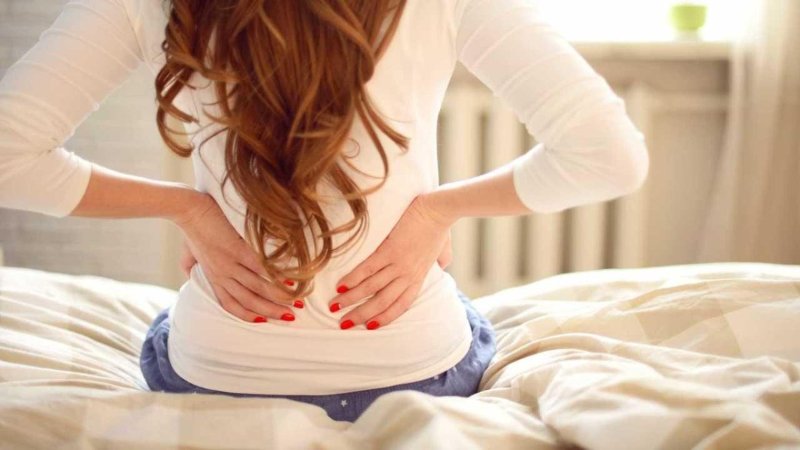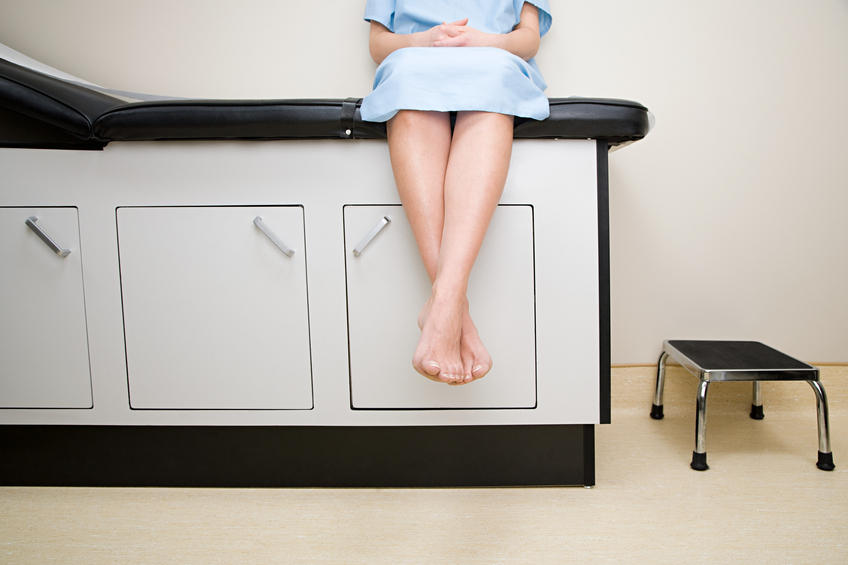7 Signs You Could Have Kidney Stones–and When to See a Doctor
December 26 2017You can’t miss the sudden, intense pain. Here’s what else to watch for.

Anyone who has ever had a kidney stone knows how miserable it can make you feel. Kidney stones develop when high levels of salt and other minerals in the urine stick together. Over time, these congealed bits can form stones ranging in size from sand-like grains or small pebbles to chunks of gravel.
“Some are soft, some are sort of crushable, some are more crystaline and some are more solid, like a petrified rock,” says Margaret Pearle, MD, PhD, professor and vice chair of urology at UT Southwestern Medical Center in Dallas.
Kidney stones can pass in your urine without any need for treatment. But when a stone gets lodged in a bad place, especially in the ureters–the narrow passageways that allow urine to move from the kidneys to the bladder–the pain can get pretty intense. Larger stones may even block the flow of urine. That being said, stones that remain in the kidneys may not cause any pain or symptoms at all. As long as they’re not obstructing urine flow or associated with infection, they can be left alone.
A variety of factors like diet, certain medical conditions (including obesity), and family history of the issue can increase the risk for developing kidney stones. One of the most important and easily correctable risk factors is dehydration. Boosting your daily water intake can reduce your risk of forming kidney stones in the first place.
Here are the key warning signs of kidney stones, plus what you can do to get rid of these little troublemakers.
Back, side, or groin pain
A kidney stone can go undetected until it starts to act up, and then, watch out. Some people say it’s a pain worse than childbirth. Sometimes kidney stone pain starts as a dull ache, but it can quickly escalate to severe cramping or sharp, wincing pain.
You usually feel it in your back or side, underneath your rib cage. The pain can radiate into your lower abdomen or groin. Kidney stones in men can cause pain in the testicles or tip of the penis.
“It is very episodic, colicky pain,” says Dr. Pearle. “It can be horrible one minute and then it just completely subsides the next.”
Tossing and turning
When a stone is acting up, you know it. “People are not sitting still with stones,” Dr. Pearle says. “They’re moving around to try to find a more comfortable position.”
Sudden episodes of severe kidney stone pain, called renal colic, typically last 20 to 60 minutes, according to the National Library of Medicine.
Nausea or vomiting
Nausea or vomiting can occur when a stone blocks the flow of urine, causing it to back up, which can lead to swelling or stretching of the kidney.
And there’s another reason you may feel sick to your stomach: The same part of the spinal cord sends nerve signals to both the kidneys and the intestinal tract, and those messages can get crossed, Dr. Pearle explains. “As such, stretching of the kidney leads to a gastrointestinal upset.”
Urge to urinate or frequent urination
Sometimes people with kidney stones feel like they need to pee–a lot. This symptom depends on where the stone is located. “Stones that are close to the bladder will have a lot of bladder symptoms: frequency, urgency, needing to get to the bathroom quickly, and going small amounts,” Dr. Pearle notes.
The reason? Stones irritate the walls of the bladder “and that manifests as the bladder contracting,” she says, which makes you feel like you’ve gotta go.
If not a lot of pee comes out, you might think you’re having trouble passing urine. But those bladder contractions can occur even if your bladder is empty, Dr. Peale explains. “Unless the stone is actually in the urethra, there shouldn’t really be trouble urinating,” she says. “You should always be making urine.”
Blood in the urine
A kidney stone can easily irritate the delicate tissue that lines the urinary tract, including inside the ureter. Bleeding can be significant, microscopic, or somewhere in between.
“Sometimes the urine will look grossly red,” Dr. Pearle says. “Sometimes it’ll look like tea or cola.”
Pain or burning with urination
If it hurts to pee, a kidney stone may be to blame. Some people experience this type of pain as a stone travels through the ureter, getting closer to the bladder.
But it’s more likely, Dr. Pearle says, that any burning with urination is caused by an infection, such as a urinary tract infection, than by kidney stones. In one study, 8% of kidney stone patients had a UTI. (A foul-smelling odor is also a sign you probably have a UTI, not kidney stones. “You don’t typically hear people say that their urine smells when they have a stone,” says Dr. Pearle.)
Fever
Fever isn’t a common symptom of kidney stones. If you have a fever, it’s possible you might have an infection instead of or in addition to kidney stones. People with kidney stones can develop fever, though, if a stone is blocking the flow of urine. If that’s what’s going on, it’s an emergency situation. “Antibiotics can’t penetrate an obstructed kidney, so you have to relieve the obstruction,” Dr. Pearle explains.
Shock wave lithotripsy, which uses sound waves to break stones into smaller pieces that you then excrete in your pee, can be used to remove that obstruction in some cases. Other times, doctors enter the urinary tract with a scope and snare the stone or break it into bits with a laser. Large stones may be removed in a surgical procedure that involves making a small cut in your back.

When to see a doctor for kidney stones
People often seek immediate medical attention for kidney stones due to the excruciating pain and nausea they’re experiencing. If they haven’t had stones before, their symptoms can be quite daunting. “A lot will say, ‘I thought I was dying,’” says Dr. Pearle. Always seek immediate medical attention if you have severe pain, vomiting, bleeding, or signs of infection.
Smaller stones often pass on their own. How long it takes to pass a kidney stone varies from person to person and by the size and location of the stone. If a stone is too large to pass on its own or is causing other problems, you may need to have it removed with lithotripsy or kidney stone surgery. If left untreated, kidney stones could lead to kidney damage if they block the flow of urine.
Some doctors suggest taking painkillers and boosting daily water intake to help flush out the troublesome mass. If you’re vomiting, you’re probably dehydrated anyway, so additional fluid can’t hurt. And staying well hydrated (and limiting your salt intake) does reduce the risk of developing future kidney stones. A type of muscle relaxing medicine called an alpha-blocker may also be prescribed to help speed up kidney stone passage and reduce pain.
Even if you think the stone has passed, always follow up with a doctor because symptoms can come and go.
To schedule an appointment with one of our medical professionals, call 03 5229 5192 (Myers Street Family Medical Practice) or 03 5241 6129 (The Cottage Medical Centre).
Sourced from Health.com
